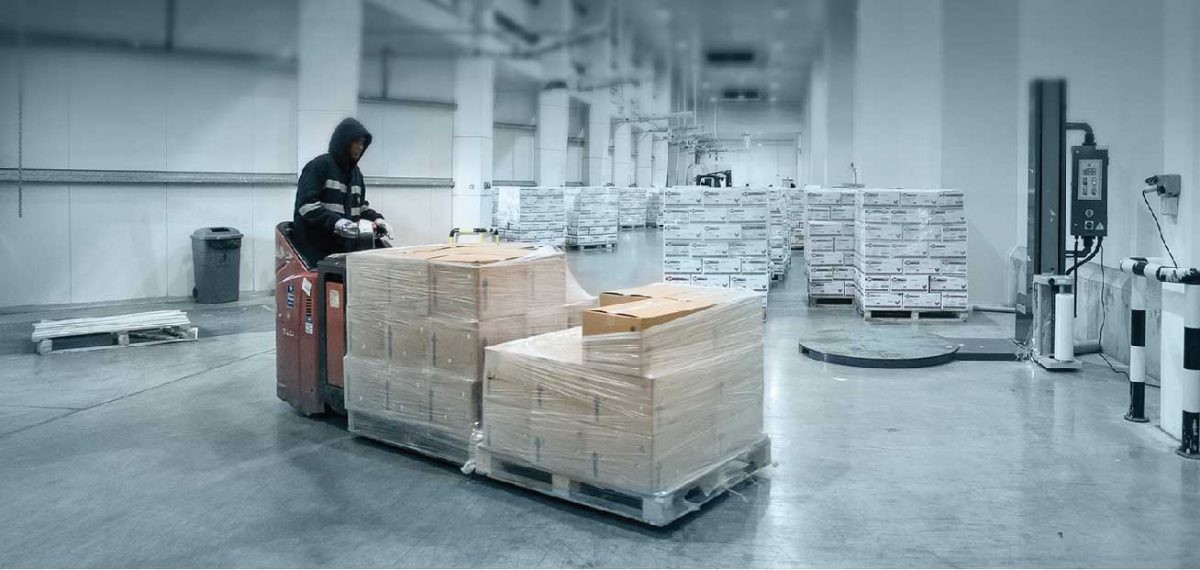The distribution of temperature-sensitive pharmaceutical, medical and food products has become increasingly important in today’s global markets. While effective distribution is critical for business success, maintaining product quality and safety throughout the supply chain is paramount. This is where cold chain packaging plays a vital role.
What is Cold Chain Packaging?
Cold chain packaging refers to specially designed packaging solutions that help preserve the quality of temperature-sensitive products by keeping them within a specified temperature range during storage, handling and transportation. Such products include vaccines, biologics, fresh and frozen foods, flowers and more.
Cold chain packaging solutions provide insulation and include phase change materials, refrigerants and gel packs to maintain temperatures between 2-8°C without access to refrigeration. Some advanced systems also include remote temperature monitoring to ensure products remain within the designated cold temperature range throughout international transit.
Key Elements of an Effective Cold Chain Packaging System
There are some key elements that go into effective cold chain packaging design to ensure products remain in ideal condition:
Insulation Material: High-performance insulation like expanded polystyrene foam, vacuum insulated panels or fiberglass are used extensively due to their excellent heat retention properties. The right thickness and density helps optimize payload-to-weight ratio.
Temperature Control: This includes refrigerants or phase change gel packs integrated into the packaging design. They help absorb heat to maintain temperatures even when outside access to refrigeration is limited during shipping.
Temperature Monitoring: Advanced packaging incorporates wireless temperature sensors and loggers to continuously monitor and record internal temperatures during transit. Cloud-based systems allow remote monitoring by shippers.
Sealing and Durability: Containers and shippers are made from puncture- and water-resistant materials like corrugated fiberboard or molded pulp. Secure sealing helps prevent heat transfer and protects contents.
Portability and Nesting: Foldable, nestable container designs allow efficient utilization of transportation space. Wheels, handles further aid in easy loading/unloading across the supply chain.
Labeling and Tracking: Cold Chain Packaging feature clear manifests, labeling for hazardous content storage/transit if any, and barcode/RFID tags enabling traceability across different handlers.
Importance of Cold Chain Compliance in Pharma Distribution
Compliance to cold chain requirements takes on even greater importance in pharmaceutical product distribution due to strict regulations governing this sector. Any break in the cold chain that results in temperature excursions could render these temperature-sensitive drugs subpotent or unsafe:
Regulatory Implications: Pharmaceutical manufacturers must demonstrate cold chain compliance from point of manufacture to end customer delivery through temperature monitoring data as per cGMP, GDP guidelines.
Product Quality: Even minor temperature deviations may cause stability issues impacting drug potency and shelf life over time. This poses safety risks if substandard drugs reach the patient.
Recall Expenses: Non-compliant shipments involve costly product recall expenses and damage to brand reputation if defective stock is found to have been distributed into the market.
Insurance Liabilities: Cold chain failures increase insurance and litigation costs for manufacturers and distributors from claims filed in cases where defective products caused harm.
Hence, stringent testing and validation of cold chain packaging solutions are imperative in the pharma sector to minimize compliance-related risks. Continuous innovation also helps improve packaging performance and meets evolving industry standards.
New Advances in Smart, Connected Cold Chain Packaging
Digital convergence is driving numerous exciting innovations in cold chain packaging technology to deliver better monitoring, traceability and sustainability:
Smart Sensors: Advanced traceable tags based on NFC, RFID or BLE incorporate sensors for real-time internal temperature and location tracking of shipments.
Cloud-Based Monitoring: Sensor data streams wirelessly to cloud platforms for easier remote visibility and alerts generation by supply chain stakeholders on deviations.
Blockchain Integration: Decentralized digital ledgers help provide tamper-proof audit trails across cold chain custody transfers with improved trace-back.
Predictive Analytics: Artificial intelligence analyzes historical sensor data to predict performance and customize solutions to specific products/routes for optimized results.
Eco-Friendly Materials: Researchers work on biodegradable biomaterials, phase change technologies requiring less refrigerants to reduce ecosystem impact of logistics.
Automation: Robotic packaging lines and self-driving transport vehicles shall enhance process efficiency and precision for high-volume operations in future.
Such cutting-edge solutions will further bolster confidence in maintaining strict global quality standards as more industries embrace digitalization and sustainability goals in coming years.
Continuous innovation in cold chain packaging design and monitoring technology ensures effective preservation of temperature-sensitive product worth across the evolving supply chain landscape. This guarantees the delivery of safe, compliant and high-quality pharmaceuticals, foods and other goods to consumers worldwide.
*Note:
1. Source: Coherent Market Insights, Public sources, Desk research
2. We have leveraged AI tools to mine information and compile it




